The FDA approved pembrolizumab and berahyaluronidase alfa-pmph (Keytruda Qlex; Merck) for subcutaneous injection in adult and pediatric patients 12 years and older with solid tumor indications approved for the intravenous (IV) formulation of pembrolizumab (Keytruda; Merck). The formulation’s efficacy was evaluated in the MK-3475A-D77 study (NCT05722015), a randomized, multicenter, open-label, active-controlled trial.1,2
About the Trial
Trial Name: A Study of Subcutaneous (SC) Pembrolizumab Coformulated With Berahyaluronidase Alfa (MK-3475A) vs Intravenous Pembrolizumab in Adult Participants With Metastatic Non-small Cell Lung Cancer (NSCLC) (MK-3475A-D77)
ClinicalTrials.gov ID: NCT05722015
Sponsor: Merck Sharp & Dohme LLC
Completion Date (Estimated): May 22, 2028
Pembrolizumab is an anti–programmed cell death protein 1 (PD-1) therapy that increases the ability of the body’s immune system to help detect and fight tumor cells. It is a humanized monoclonal antibody that blocks the interaction between PD-1 and its ligands, PD-L1 and PD-L2, thus activating T lymphocytes, which may affect both tumor cells and healthy cells. Pembrolizumab has FDA-approved indications as monotherapy and in combination in various cancers, including non–small cell lung cancer (NSCLC), advanced melanoma, endometrial cancer, and head and neck squamous cell carcinomas.1,3
The MK-3475A-D77 study enrolled 377 patients with treatment-naive metastatic NSCLC without EGFR, ALK, or ROS1 genomic tumor aberrations. These patients were randomly assigned to receive either Keytruda Qlex administered subcutaneously every 6 weeks with platinum doublet chemotherapy or pembrolizumab administered IV every 6 weeks with platinum doublet chemotherapy.1,2
The study’s primary end point was to assess the exposure of subcutaneous Keytruda Qlex compared with IV pembrolizumab, with dual primary pharmacokinetic end points of Cycle 1 AUC0-6 weeks and Cycle 3 Ctrough. Descriptive efficacy outcome measures were overall response rate (ORR) by blinded independent central review (BICR), progression-free survival (PFS) by BICR, and overall survival (OS).1-3
The data indicated that the trial met the predefined acceptance margin for the pharmacokinetic end points with the lower boundary (96% CI for Cycle 1 AUC0-6weeks, and 94% CI for Cycle 3 Ctrough) of the geometric mean ratios above the prespecified threshold of 0.8 for comparability. The confirmed ORR was approximately 45% (95% CI, 39–52) in the subcutaneous Keytruda Qlex arm compared with 42% (95% CI, 33–51) in the IV pembrolizumab arm. Notably, there were no notable differences in PFS or OS observed in patients who received Keytruda Qlex compared with those who received IV pembrolizumab.1
Further, prior results from the trial show that, compared to the IV formulation, subcutaneous Keytruda Qlex reduced time for patients spent in the chair and in the treatment room by approximately 49.7% and 47.4%, respectively. Additionally, the total active time spent by health care professionals on treatment preparation, administration process, and patient monitoring was reduced by about 45.7%.3
Grade 3 and higher adverse events (AEs) occurred in approximately 47% and 47.6% of patients who received subcutaneous Keytruda Qlex and pembrolizumab with chemotherapy, respectively. Treatment-related AEs led to treatment discontinuation in 8.4% of those receiving Keytruda Qlex and 8.7% of those in the IV arm. Treatment-related deaths occurred in 3.6% of those in the subcutaneous group and 2.4% of those in the IV group.3
It is recommended by the FDA that, in this combination, 395 mg of pembrolizumab and 4800 units of berahyaluronidase alfa are administered every 3 weeks, or 790 mg of pembrolizumab and 9600 units of berahyaluronidase alfa every 6 weeks until disease progression or unacceptable toxicity, or as indicated in the prescribing information.1
REFERENCES
2. A Study of Subcutaneous (SC) Pembrolizumab Coformulated With Berahyaluronidase Alfa (MK-3475A) vs Intravenous Pembrolizumab in Adult Participants With Metastatic Non-small Cell Lung Cancer (NSCLC) (MK-3475A-D77). ClinicalTrials.gov identifier: NCT05722015. Updated September 11, 2025. September 19, 2025. https://www.clinicaltrials.gov/study/NCT05722015


























































































































































































































